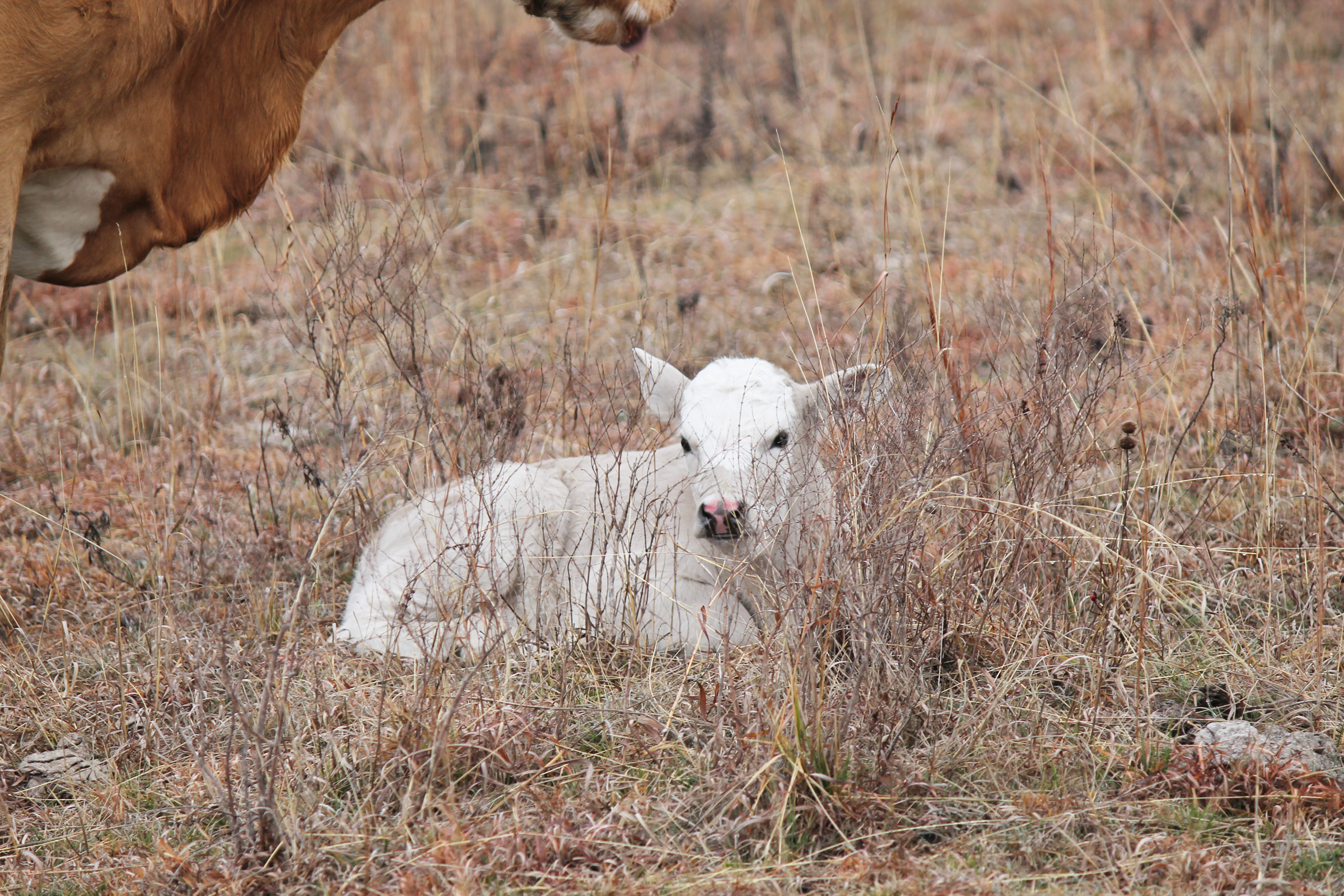Farm & Ranch
Meanwhile, back at the ranch…

By Rayford Pullen
The math is a little scary in the cattle business right now. I don’t know exactly what your calves are bringing, but let’s assume in the neighborhood of $800 and that you can produce that calf at an annual cost of $500 for a net income of $300/head.
Compared to a year ago, our profit has probably been cut in half and compared to two years ago, it has been cut by two thirds. All the while our cost of production hasn’t changed too much, while our cost of living has probably increased. While it didn’t take us long to adjust to the higher prices we were receiving for our calves, adjusting to the two thirds reduction will be tougher.
We hear a lot about selling our calves as preconditioned or natural or both. The fact of the matter is that unless you are selling truck load lots of calves, you are probably whistling in the wind unless you are using a sale facility or marketing agency that will comingle calves and then sell them in truck load lots.
With the average herd size in the 50 head range, the majority of the producers are at the mercy of the buyers at the sale barn the day they sell and that is whether or not they have been vaccinated and weaned.
The beef business is huge and your small lot of calves will be comingled with many others and lose their identity as soon as they are loaded on a truck with calves representing five or 10 other ranches.
So what are we to do when the market deals us a bad hand? About the only thing I can control to any extent at all is my cost associated with producing calves, my weaning weights and quality.
To read more pick up a copy of the November 2016 NTFR issue.
Farm & Ranch
Hazards of Backyard Poultry

By Barry Whitworth, DVM
Having backyard poultry is a popular agriculture enterprise. According to the United States Department of Agriculture, 0.8 percent of all households in the United States have chickens. People keep chickens for a variety of reasons with table eggs being one of the more common reasons.
Unfortunately, some of these poultry producers are not aware of the hazards that come with keeping poultry because many times they carry pathogens but appear healthy.
Chickens are carriers of several zoonotic diseases. These are diseases that can be passed from animals to humans. According to a recent survey in Pennsylvania, a majority of backyard poultry producers were aware of the dangers of avian influenza. However, this study also revealed that far fewer producers were aware of the risk of possible exposure to Salmonella and Campylobacter.
The lack of knowledge about the hazards of raising poultry likely contributes to the continued issues of Salmonella outbreaks associated with backyard poultry. In 2023, the Centers for Disease Control and Prevention reported 1,072 illnesses of Salmonella linked to backyard poultry, and 272 of those patients required hospitalization. Oklahoma reported 43 individuals with the disease.
To read more, pick up a copy of the April issue of NTFR magazine. To subscribe by mail, call 940-872-5922.
Farm & Ranch
Ag Elsewhere: Wyoming

By Tressa Lawrence
Babies are tucked away in every nook and cranny. Many ranchers across Wyoming have baby animals popping up all over this time of year.
Farm & Ranch
Ag Elsewhere: Montana

By Lindsey Monk
Another load of grain in to keep feeding the calves until the green grass can really start popping.
-

 Country Lifestyles1 year ago
Country Lifestyles1 year agoScott & Stacey Schumacher: A Growth Mindset
-

 Equine7 months ago
Equine7 months agoThe Will to Win
-

 Country Lifestyles7 years ago
Country Lifestyles7 years agoStyle Your Profile – What your style cowboy hat says about you and new trends in 2017
-

 Country Lifestyles4 years ago
Country Lifestyles4 years agoAmber Crawford, Breakaway Roper
-

 HOME7 years ago
HOME7 years agoGrazing North Texas – Wilman Lovegrass
-

 Country Lifestyles7 years ago
Country Lifestyles7 years agoDecember 2016 Profile, Rusty Riddle – The Riddle Way
-

 Country Lifestyles8 years ago
Country Lifestyles8 years agoJune 2016 Profile – The man behind the mic: Bob Tallman
-

 Outdoor9 years ago
Outdoor9 years agoButtercup or Primrose?






